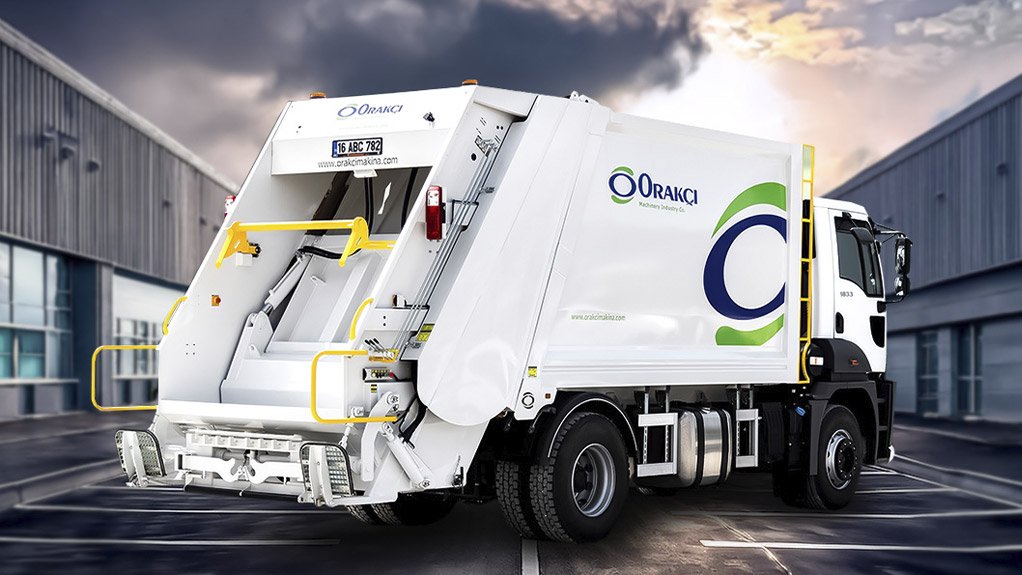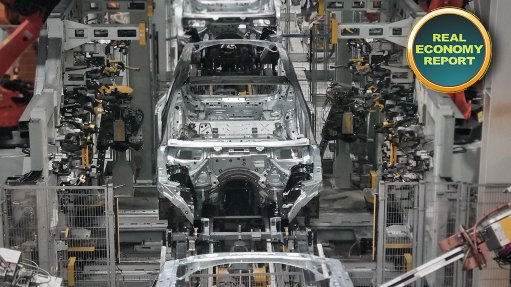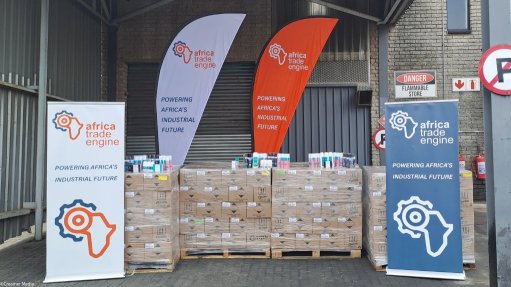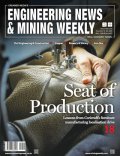Not all bin lifting equipment is equal
This article has been supplied.
Truck mounted bin lifting equipment has played a critical role in South Africa’s domestic waste collection system since the introduction of the 240-litre wheelie bin in the early 1990s.
The equipment is installed onto the rear of waste compactor trucks, enabling the bins to be lifted high enough to deposit refuse into the trucks’ hoppers.
Sonia Pretorius, National Sales Manager for 600SA, a division of CFAO Equipment, says not all bin lifting equipment is equal. “There are several factors that waste management operations need to consider before investing in bin lifting equipment – with the right choice ensuring greater productivity and better-preserved wheelie bins.”
600SA has partnered with a local manufacturer of bin lifters for over a decade. The equipment is fitted onto 600SA’s range of Orakçi refuse compactors, allowing operators of a truck to lift an average of 1,400 bins a day, translating to about 7,000 bins in a five-day week.
Pretorius says 600SA chose to partner with the local manufacturer because its product is specifically tailored for the South Africa market. “Not only does it accommodate the specifications of our wheelie bins, but it is also more durable than most of the imported equipment available.”
The equipment was designed by a qualified submarine engineer who conducted extensive research into South Africa’s waste management needs. He created a bin lifter that incorporated superior quality materials and actuators, replacing traditional cylinders and producing equipment with a trouble-free, 30-year lifespan, if properly used and maintained.
Pretorius notes that some of 600SA’s competitors have begun to import bin lifters to reduce costs. “While this might be more cost effective in the short-term, it has long-term consequences for their operations. This is because the equipment is not always produced with the same robust material as the local equipment and has not been specifically designed to handle SA bins.”
Bin lifting equipment that is not designed for local refuse bins often clamps them incorrectly, causing cracks and damage. With every bin costing the country around R500 (and citizens about R1,000 when purchased from retailers), this can become a costly and counter-productive exercise. Some municipalities have collected so many damaged bins that they are compelled to auction them off to recyclers for conversion into other plastic products.
Pretorius warns that if bin lifter equipment is not fitted properly, it can negatively impact the bottom lines of waste management companies. “Fitting a bin lifter needs to be conducted by a qualified and accredited technician. Following an intensive training and assessment process, as well as adherence to basic hydraulic principles, we (600SA) were given the greenlight to fit locally manufactured bin lifters ourselves.”
She points out that investing in locally manufactured bin lifters is not only a proudly South African choice, but also ensures that if something goes wrong, parts are easily accessible and don’t require imports. This results in both time and cost savings.
“Additionally, one of the major advantages of the locally produced bin lifters is the actuator. They are amongst the best in the world and have been tested and refined over several years, making them highly effective and longer lasting than any other actuator on the market.”
Notably, South Africa’s metropoles have started implementing a tagging system, where bins are assigned with unique identifiers that can be read by Radio-Frequency Identification (RFID) systems on collection vehicles. The local manufacturer’s latest bin lifting equipment already incorporates the RFID technology, enabling bin identification. This is an advantage, as many other suppliers would need to retrofit their equipment with RFID technology, at an additional cost.
Pretorius says waste management companies need to weigh up the pros and cons of the various bin lifters on the market carefully before investing in equipment. “Making a smart choice up-front will ensure they have the most durable, powerful and effective bin lifting equipment for the long term.”
Article Enquiry
Email Article
Save Article
Feedback
To advertise email advertising@creamermedia.co.za or click here
Comments
Press Office
Announcements
What's On
Subscribe to improve your user experience...
Option 1 (equivalent of R125 a month):
Receive a weekly copy of Creamer Media's Engineering News & Mining Weekly magazine
(print copy for those in South Africa and e-magazine for those outside of South Africa)
Receive daily email newsletters
Access to full search results
Access archive of magazine back copies
Access to Projects in Progress
Access to ONE Research Report of your choice in PDF format
Option 2 (equivalent of R375 a month):
All benefits from Option 1
PLUS
Access to Creamer Media's Research Channel Africa for ALL Research Reports, in PDF format, on various industrial and mining sectors
including Electricity; Water; Energy Transition; Hydrogen; Roads, Rail and Ports; Coal; Gold; Platinum; Battery Metals; etc.
Already a subscriber?
Forgotten your password?
Receive weekly copy of Creamer Media's Engineering News & Mining Weekly magazine (print copy for those in South Africa and e-magazine for those outside of South Africa)
➕
Recieve daily email newsletters
➕
Access to full search results
➕
Access archive of magazine back copies
➕
Access to Projects in Progress
➕
Access to ONE Research Report of your choice in PDF format
RESEARCH CHANNEL AFRICA
R4500 (equivalent of R375 a month)
SUBSCRIBEAll benefits from Option 1
➕
Access to Creamer Media's Research Channel Africa for ALL Research Reports on various industrial and mining sectors, in PDF format, including on:
Electricity
➕
Water
➕
Energy Transition
➕
Hydrogen
➕
Roads, Rail and Ports
➕
Coal
➕
Gold
➕
Platinum
➕
Battery Metals
➕
etc.
Receive all benefits from Option 1 or Option 2 delivered to numerous people at your company
➕
Multiple User names and Passwords for simultaneous log-ins
➕
Intranet integration access to all in your organisation





















